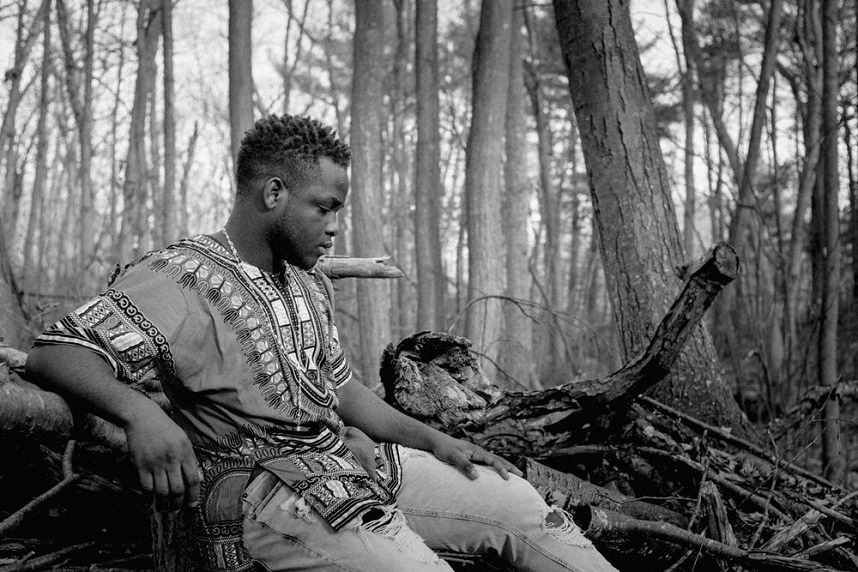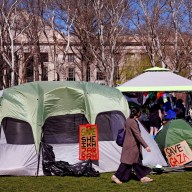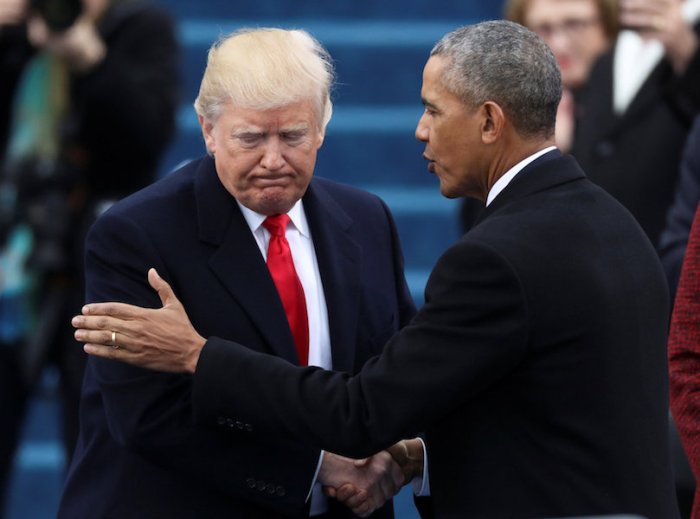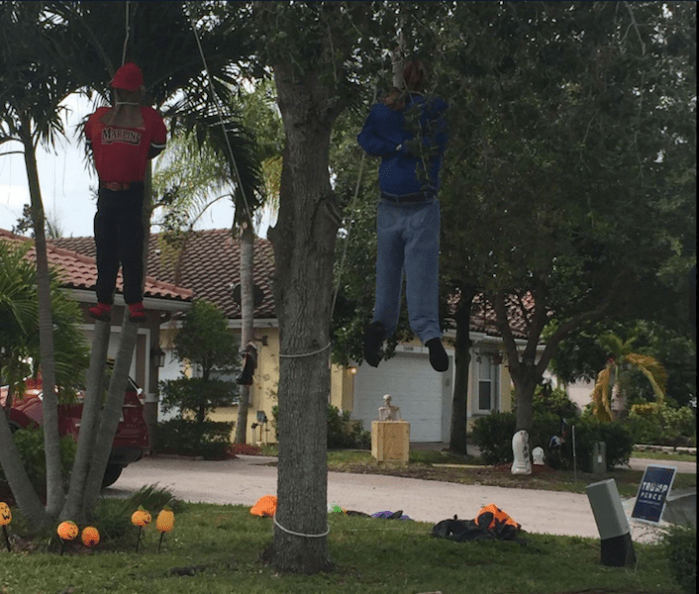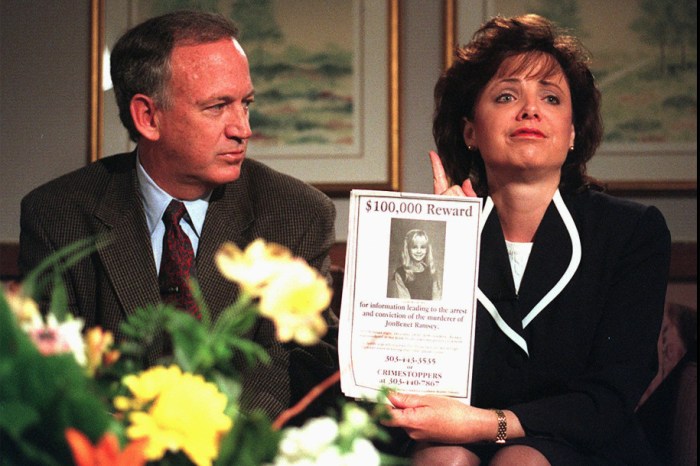Khabeer Sultan is a man of color who says he just wants to be honest, and he uses photography to convey his truth.
“An American Experience” is collection of photographs designed “to bring positivity to black men and all men of color … to combat the historical view of men of color in the media throughout the history of America,” Sultan told Metro. “I titled it that way instead of ‘The American Experience’ to convey the importance of each person’s story,” he said.
The son of Southerners who migrated to Massachusetts, Sultan was born and grew up in Dorchester. He said he picked up a camera one day about four years ago and began his “long journey.”
That journey recently took him to Chile, where he is vacationing with his wife of five years and her family. He spoke to Metro from the South American country about his project, “An American Experience.”
What drew you to photography?
Photography, for me, is most importantly just conveying honesty. The project that I’m working on today, that’s a large part of it. If someone is looking at the photo, I want them to see that person in the photograph. I watched Ava DuVernay’s “13th.” The film spoke to me of the misrepresentation of black men in America thoughout the history of the country. In that instant, I wanted to combat that image and that misrepresentation. [“An American Experience”] is about the brilliance and complexities of brown folks. There is a spectrum and we don’t fit into the representation in the media.
You’ve included in your project an accountant in a suit, a man with dreadlocks and a more ambiguously ethnic yogi. How did you decide whom to portray?
I see — just like in movies — you see black men portrayed as criminals. There’s a movie I watched, “The Birth of a Nation,” from 1915, but that kind of set the tone. That film portrayed black men as rapists and criminals and throughout history you see that trend. We’re criminals or we live in poverty. That could be true, but I don’t think that speaks to everyone.
I mention that film to say the ramifications of it are still felt today.
In the media, we’ve seen young black men shot by police officers, a rash of hate crimes against people of color since Election Day and the emergence of the Black Lives Matter movement. Have these events influenced your work?
In terms of the shootings — and I can talk specifically to the Michael Brown shooting — he laid in the street for hours. That’s an impactful image. Kids watching TV are seeing a black man lying in the street for hours. That’s going to affect you. This project combats that. That’s not OK.
What I’d like folks to know about men of color is we’re like everyone else. We have to work harder to get that message across and that’s unfair, but we hold our heads up high … we love one another, we support each other and want our community to succeed.
The photos in “An American Experience” are black and white. Was that a mindful decision?
I chose black and white photos specifically to isolate the men and so the viewer won’t get distracted. I hope when you look at the photos and read their quotes you feel something.
Why men of color? Is there a reason for choosing men versus women or including all sexual identities?
I want men of color to be represented. I want someone to see their neighbor and think, “I know he’s a black man, but maybe someone else doesn’t.”
People respond to photos of women but this is an [opposite approach]. Photographers don’t photograph men as much as women. And it’s challenging. That’s what encourages me to continue.
For details about the project and stories, visitamericanexperienceproject.com/.
This article, originally published on Jan. 9, has been corrected to clarify that Sultan’s parents were from the South and that he was born and raised in Boston. Sultan also had an announcement to make. “The project is in exhibit and it is a direct result of someone reading your article and offering me a space to exhibit for a month,” Sultan wrote in a message.
You can check out the when and where of Sultan’s exhibit here.

